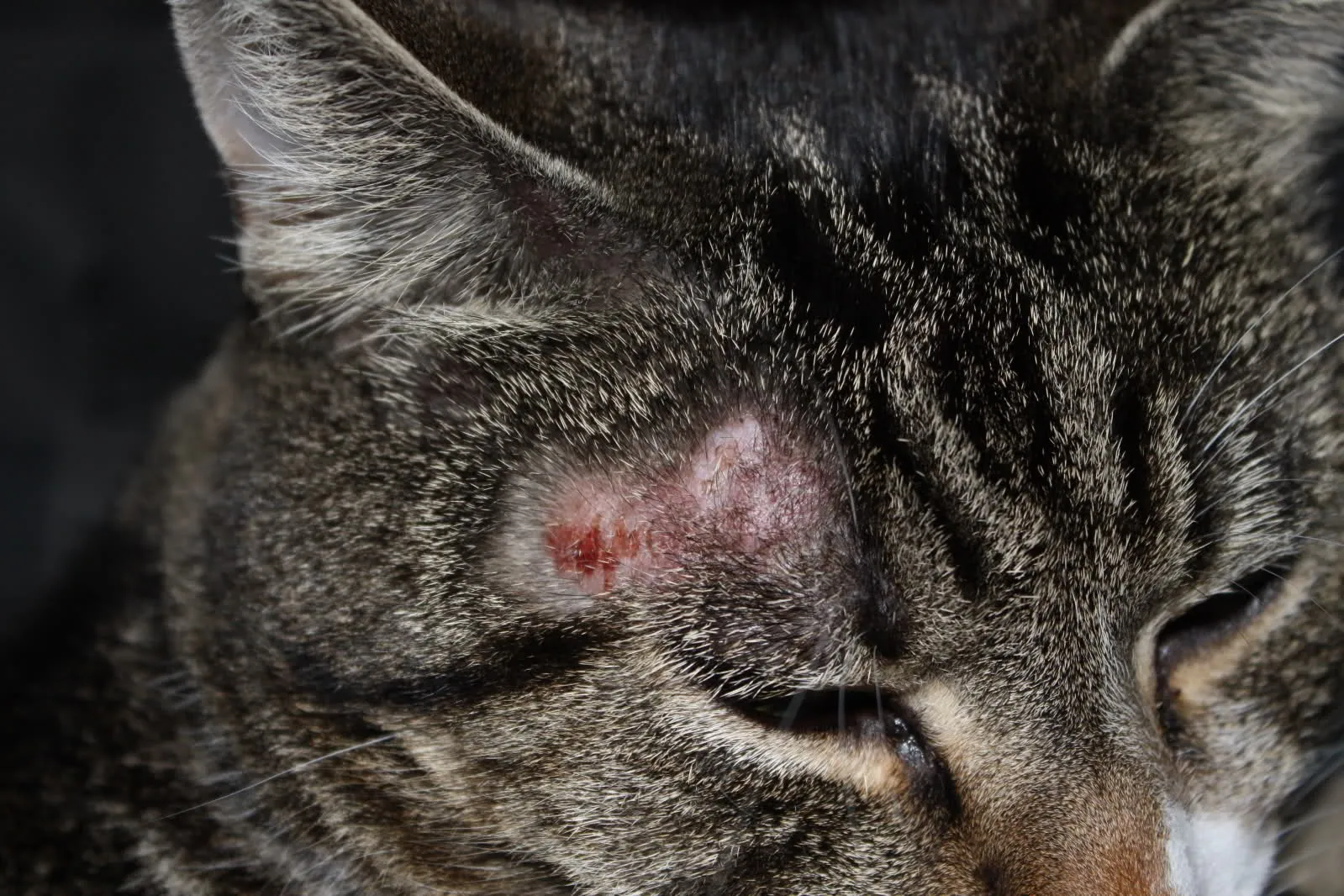Lichens in cats is a contagious fungal disease characterized by sharply circumscribed bald patches of skin. In addition, exudative dermatitis and purulent folliculitis are noted. It is worth noting that this disease can also affect humans. Trichophytosis is also called ringworm.
Causes of the disease
This pathology occurs due to the pathogenic action of fungi of the genus Trichophiton. The body of these pathogens is filamentous and unbranched. The formation of a large number of spores is characteristic of these fungi. This is the reason for their wide distribution. Trichophytosis is resistant to high temperatures and disinfectants. In addition, they are characterized by long-term persistence in the external environment.
The vectors of these fungi are various rodents. Most often encountered with ringworm is stray cats. Violation of zoohygienic rules leads to the spread of the disease to other pets. Note that stray cats are also dangerous for people. This is especially true for children. Trichophytosis occurs as a result of unfavorable weather conditions and superficial skin lesions.
As a rule, this disease occurs in kittens, malnourished cats, as well as in animals with compromised immune system. Sick and over-infected cats act as a source of infection. In some cases, cats are latent carriers of the infection. The pathogens tend to accumulate in rodents and stray cats.

Clinical picture
The incubation period can be as long as 30 days. The course of the disease is chronic. Small rounded hairless spots appear on the skin. On their surface, there are scales and gray crusts. In most cases, the lesion affects the scalp and limbs. As trichophytosis progresses, there may be confluence of spots and involvement of large areas of the body. Itching is not characteristic of ringworm.
The deep form of trichophytosis of cats is manifested by suppuration of the hair sacs. There is an accumulation of large amounts of pus under the crusts. In ringworm, claws can be affected, which is manifested by their deformity.
Diagnosis
Diagnosis of trichophytosis is based on clinical signs as well as the results of ultraviolet irradiation of the affected areas and microscopic examination of skin scrapings. These tests are the responsibility of veterinary laboratory specialists.
Treatment of feline lichosis
If the lesion is localized, trimming off the affected hair at the edges of the plaque and washing the skin with betadine solution is indicated. This is necessary to remove dead scales. Daily treatment of the affected areas with a fungistatic cream or ointment is envisaged. Infection of the affected areas is an indication for the use of antibacterial ointments. If the lesion is extensive, all the hair is cut off and the body is treated with fungistatic liquid. For oral administration, such a drug as griseofulvin is used. In addition, low-toxicity live and inactivated vaccines may be used.
Prevention of feline herpes
To prevent the development of the disease and reinfection, vaccination as well as indoor and outdoor hygiene measures are indicated. To treat items [care] (../../../assets//uxod-za-sherstyu-koshki/ ‘Cat hair care’) use a weak solution of sodium hypochlorite or any chlorine-containing cleaner. To remove infected hair, you need to clean your home thoroughly.